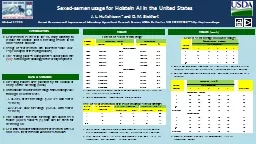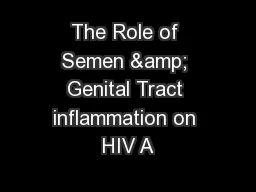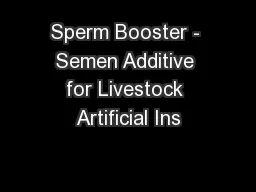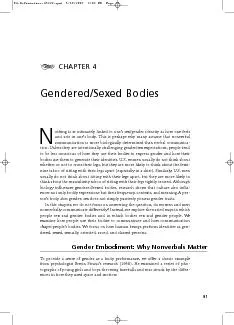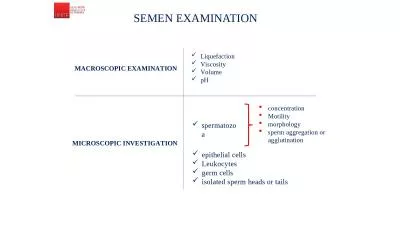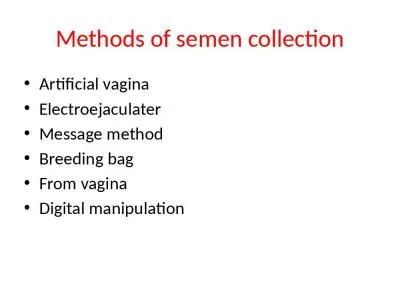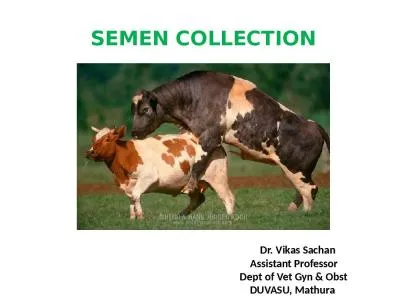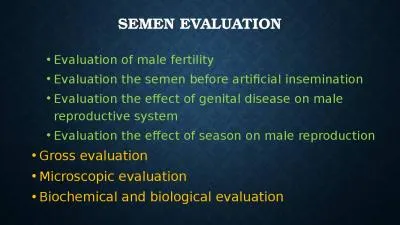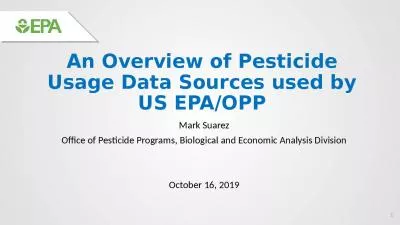PPT-Sexed-semen usage for Holstein AI in the United States
Author : celsa-spraggs | Published Date : 2018-10-12
J L Hutchison and D M Bickhart INTRODUCTION Sexedsemen is used in the US dairy industry to reduce the chance that a breeding results in an undesirable bull calf
Presentation Embed Code
Download Presentation
Download Presentation The PPT/PDF document "Sexed-semen usage for Holstein AI in the..." is the property of its rightful owner. Permission is granted to download and print the materials on this website for personal, non-commercial use only, and to display it on your personal computer provided you do not modify the materials and that you retain all copyright notices contained in the materials. By downloading content from our website, you accept the terms of this agreement.
Sexed-semen usage for Holstein AI in the United States: Transcript
Download Rules Of Document
"Sexed-semen usage for Holstein AI in the United States"The content belongs to its owner. You may download and print it for personal use, without modification, and keep all copyright notices. By downloading, you agree to these terms.
Related Documents

